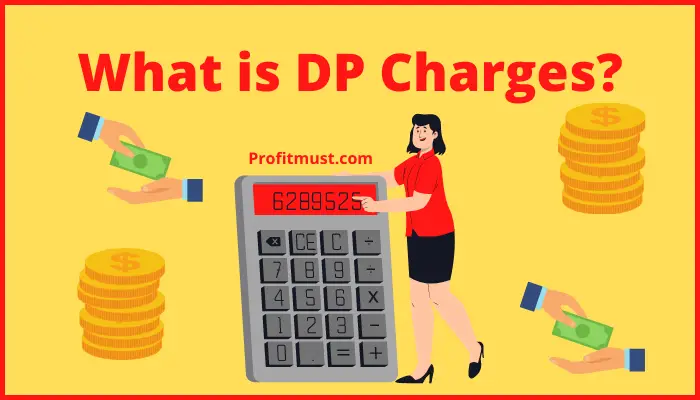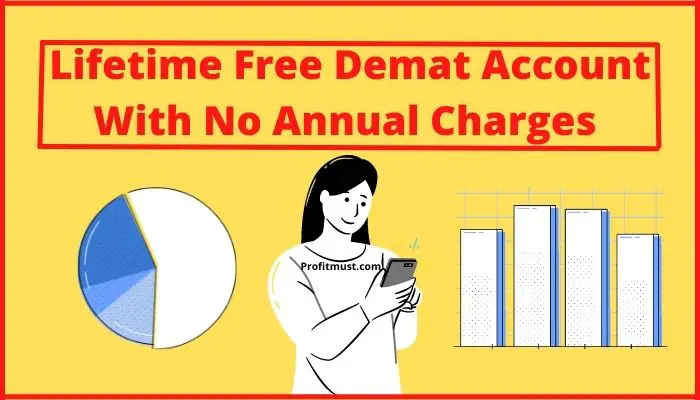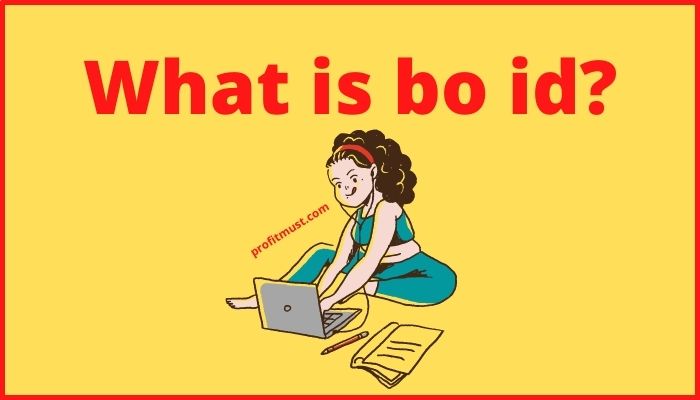A demat account, which offers you access to a variety of investing possibilities, is now as essential as having a bank account. You may invest and trade in stocks, derivatives, currencies, commodities, mutual funds, and more with a demat account. However, you might be wondering what is bo id in a demat account.
You may invest and trade in the financial markets with this one-of-a-kind code. To trade on exchanges like the NSE, BSE, and MCX, you must link your demat account to a digital trading account.
Table of Contents
What is bo id? (bo id means)
Bo Id Means a 16-digit account number is given to the Demat account holder by the stock broker, or DP When anyone opens a demat account with CDSL. This 16 Digit account number is known as BO ID or Beneficiary Owner ID.
When you start a Demat account online, the CDSL will send you a welcome letter with all of your account details, and your BO ID or Beneficiary Owner ID. This is also known as Demat account Number in case of NSDL.
Example of BO ID means
The BO ID or Beneficiary Owner ID changes depending on whether the CDSL or the NSDL is used. if you are searching for what is bo id in cdsl, In the context of CDSL, the Beneficiary Owner ID is a 16-digit numeric character, although in the case of NSDL, the demat account number begins with “IN” and is accompanied by a 14-digit numeric code.
An instance of a CDSL demat account number is 9876451230987654, whereas An example of a NSDL demat account number is IN98764512309870. Now you understand boid means in groww or any other brokerage firm you are having account.
Who is a Depository Participant?
Agents of the Depository might be known as Depository Participants (DP). Brokerage firms, financial institutions, and banks are the most common Depository Participants, serving as a link among investors and stock exchanges.
The Depositories Act of 1996 regulates the relationship between the depository and the Depository Participant.

Example of Depository Participants
Zerodha, Upstox, and Sharekhan are some of the examples of Depository participants. However, many banks are also depository participants.
What is the difference between a DP ID and a Beneficiary Owner ID?
The DP ID (Depository Participant Identification) and your Beneficiary Owner ID are not the same and have nothing to do with the demat account number. The CDSL and NSDL assign a number to the Depository Participant, including a brokerage company, bank, or financial institution.
The DP ID and the client ID of the Demat account holder are combined to form a demat account number. The first eight digits of your demat account number are usually your DP ID, while the final eight digits are the account holder’s client ID.
How to identify BO ID?
If a Demat account holder, for instance, is unsure how to identify my BO ID or Beneficiary Owner ID, they can perform a simple exercise.
If your CDSL my BO ID or Beneficiary Owner ID is 1234567891234567, the DP ID is 12345678, and the Demat account holder’s client ID is 91234567.
In the example of NSDL, if a BO ID or Beneficiary Owner ID is IN12355678912345, the DP ID is IN123556 and the client ID of the Demat account holder is 78912345.

NSDL VS CDSL
| Basis | NSDL | CDSL |
| Full form | National Securities Depository Limited | Central Depository Securities Limited |
| Founded Year | 1996 | 1999 |
| Head office | Mumbai | Mumbai |
| Major Promoters | IDBI Bank, UTI & NSE | SBI, HDFC Bank, Bank of Baroda, Bank of India, Standard Chartered Bank & BSE |
| Affiliated by | NSE | BSE |
| Total Demat accounts | 2,32,92,945 | 4,64,66,132 |
Demat Account Opening process
To open a demat account, you must go to a SEBI-registered depository participant (DP), such as a brokerage firm, bank, or other financial institution. Visit the CDSL and NSDL websites for a list of SEBI accredited DPs before choosing a reliable broker. Simply follow these simple steps to start a demat account.
- Complete the account registration form.
- Provide documentation such as a PAN card, an Aadhar card, and a passport-sized photo.
- The entire process can be completed online, although the brokerage agency may contact you for verification.
After you will get a mail from your broker with username and password and also one welcome email from NSDL or CDSL with you Bo ID.

Conclusion
Now you understand everything about Beneficiary Owner ID. This kind of small small information plays an important role in your stock market journey. However, it’s quite easy to find them but first you might need help in finding them.
This is all from our side regarding What is bo id, However, if you have any doubts you can just comment below.
Other Interesting blogs related to boid full form
FAQ About what is bo id in zerodha?
What is BO ID in Groww?
BOID means for Beneficiary Owner Identification Number, which is your demat account number, which is 16 digits long.
BO ID means in Zerodha?
Your demat account is identified by the BO ID (Beneficial Owner Identification Number), which is a 16-digit number. Each customer has a different number.
How to find boid in Zerodha?
Use the Zerodha Kite desktop or mobile app to log in. In the top right corner, tap the client ID. Select 'My Profile' from the drop-down menu. Check your DP ID, which should begin with 12081600. Your CDSL BO ID is this.
Is BO ID and client ID same?
No, BO ID and Client ID are not the same. BO ID is given by CDSL whereas client ID is provided by Depository Participant.
How to find BOID in Angel Broking?
It's a 16-digit number made up of an 8-digit DP ID and an 8-digit Client ID. The BOID (demat account number) may be accessed on demat documents or by viewing the profile area of the Angel Broking platform.

